September 2019
-
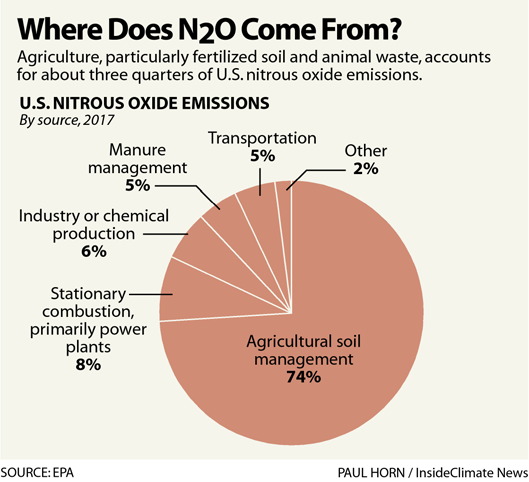
If I asked you to list some greenhouse gases, you would probably start by listing carbon dioxide and then perhaps methane. But for agriculture, nitrous oxide is arguably more important, because many sources of nitrous oxide are from farming, for example from microbes in fertilized soil or animal manure. And nitrous oxide has 300 times…
-
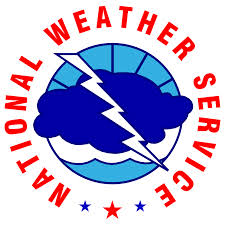
Do you know of someone who is deaf or hard of hearing? It can be difficult to get severe weather information if you cannot listen to a NOAA weather radio or hear a siren. The National Weather Service has a web page devoted to communicating severe weather information to those who have trouble hearing audio…
-

The heat and droughts that have occurred in Europe in the past few years has put stress on the forests of Europe. One of the most beautiful and managed forests is at the gardens at Versailles, the French palace just outside Paris. The foresters who take care of these trees are slowly changing the make-up…
-
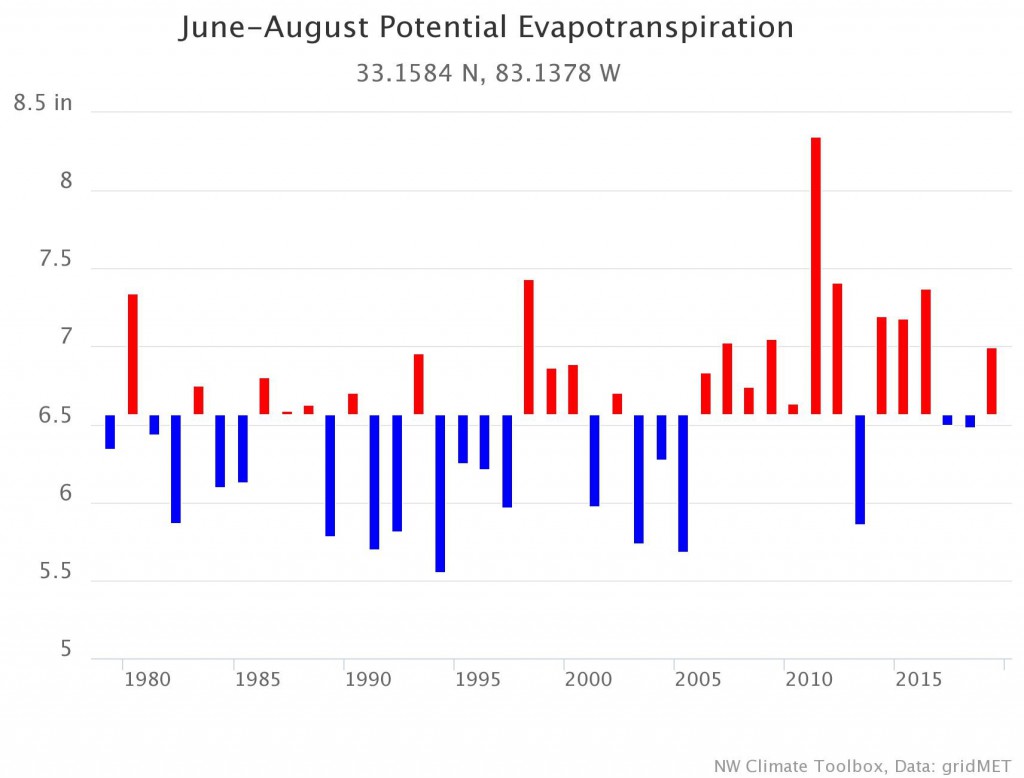
The Climate Toolbox is an online source of climate information from a consortium of agencies in the Northwest. However, a number of their tools are available for the entire lower 48 states. You can view historical data for many different climate variables, including degree days, chill portions, evapotranspiration, and streaks of days below certain threshold…
-
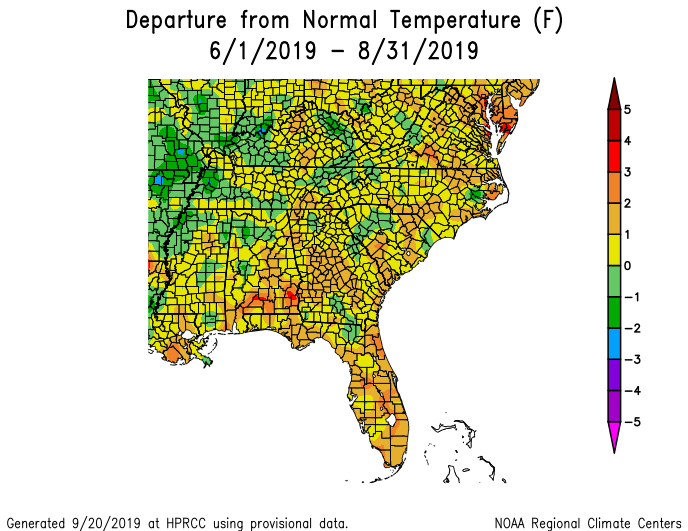
The latest quarterly issue of the Southeastern Regional Climate Center’s climate summary for summer 2019 is now available. It includes highlights of the last season and impacts on various sectors of the regional economy. You can read it at https://sercc.com/SoutheastRegionQuarterlyReportSummer2019.pdf.
Posted in: Climate summaries -

Today marks the autumnal equinox, the start of astronomical fall in the Northern Hemisphere. Of course climatologists already started climatological fall on September 1. For an explanation of the difference between the two definitions, check out this article from NCEI at https://www.ncei.noaa.gov/news/meteorological-versus-astronomical-seasons. Or else read this article from USA Today here. Happy fall y’all!
-
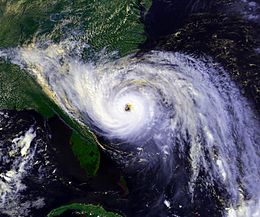
The North Carolina Climate Office has issued the latest in their series of blog posts looking at historical hurricanes and their impacts on the state. Next up is Hurricane Hugo, which hit North Carolina in September 1989, causing huge problems inland because of the strong winds associated with the hurricane’s rapid movement through the region.…